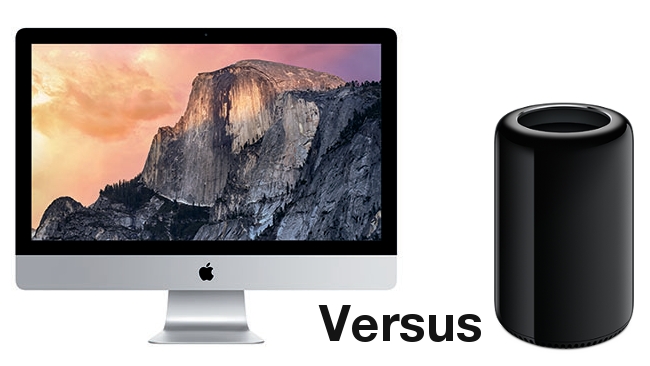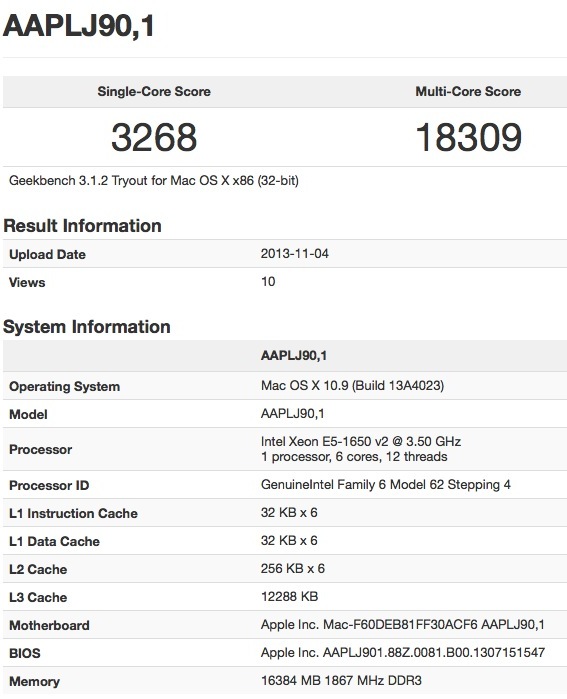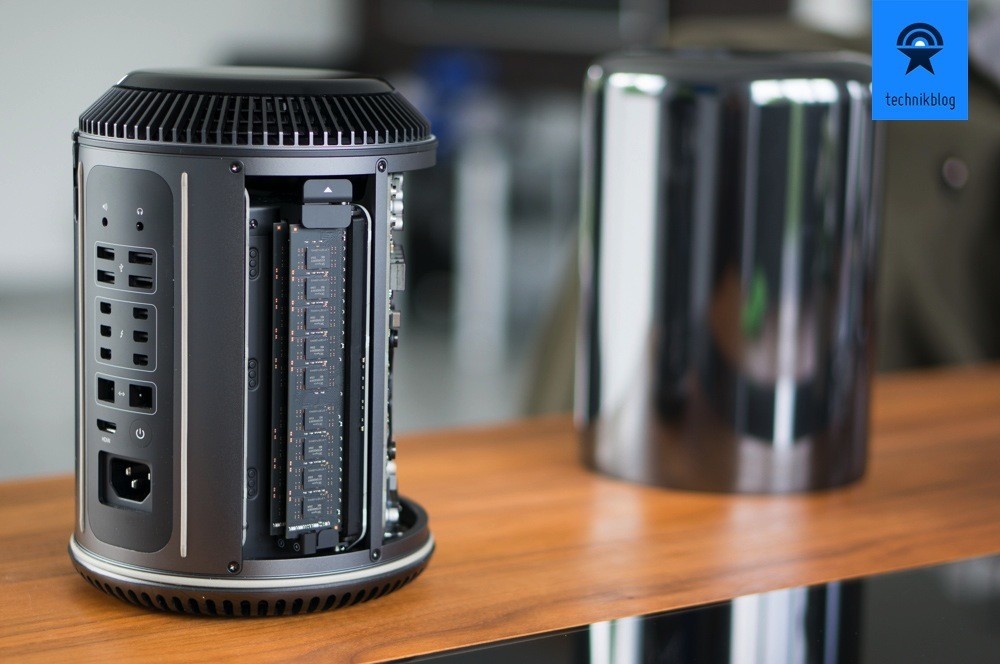

- #GEEKBENCH SCORES FOR MAC PRO 2013 3.7GHZ QUAD SOFTWARE#
- #GEEKBENCH SCORES FOR MAC PRO 2013 3.7GHZ QUAD FREE#

If I had not switched processing to Capture One a year ago and now use LR predominantly for printing and cataloguing I would have had to face this sooner although a certain pandemic has rather distracted me too. I take photographs to make big prints and as such want to keep my 27" Eizo screen which is currently run off a 2013 Trash Can Mac Pro which feels as though it is reaching the end of its life: Lightroom is running inordinately slow, often sticking with the SBOD spinning on my screen forever and even crashing.
#GEEKBENCH SCORES FOR MAC PRO 2013 3.7GHZ QUAD SOFTWARE#
Apple’s combination of software and hardware – when paired with the right 4K display – offers speed and flexibility in a package we’ve never seen before.I wonder if I could pick the collective brain power of the group please? Let’s get the easiest conclusion out of the way first: if you’re a Final Cut Pro user, and you can afford it, the new Mac Pro is the best workstation on which to use it. With delivery estimates for the new Mac Pro already extending into February 2014, by the time multimedia mavens start receiving their hardware the developers will have a fair amount of time to bring their apps up to speed. Even with a single FirePro and an eight-core processor it’ll certainly be a decent showing nonetheless, but it’ll take third-party developers coding to support the Mac Pro’s hardware to really unlock the potential.

That will mean that, for the moment at least, those who do their video editing in something like Adobe Premiere simply won’t see the benefits the Mac Pro brings. On the flip side, without that optimization, GPU-centric applications won’t deliver their best since they’ll only take advantage of one of the FirePro cards. It takes a little while before you realize what you’re suddenly able to do, with that sort of flexibility, but once you’re familiar with it – like, perhaps, the surfeit of horsepower behind the gas pedal of a Stingray – it’s hard to imagine working without it.
#GEEKBENCH SCORES FOR MAC PRO 2013 3.7GHZ QUAD FREE#
Trying out a filter (or ten) or changing video speed no longer comes with a performance penalty: you’re free to simply give it a look and then change back if it doesn’t work out. It’s testament to Apple’s combination of finessed software and AMD’s capable FirePro graphics cards, and it makes a legitimate difference to the experience of video editing. SunSpider, the test of browser Javascript performance, completed in 108.0ms (where faster is better). In Xbench, the Mac Pro scored 330.76 in the processor category, while in Cinebench’s CPU testing it scored a huge 1,160cb. In comparison, the top-spec 2013 iMac with a 3.5GHz quadcore Core i7 came in at 15,129. The 8-core Xeon E5 is another strong hitter, scoring an impressive 25,312 in Geekbench 3, the synthetic test of processor and memory performance. That’s around 300 MB/s more than the MacBook delivered in each category, and an even bigger step up compared to 2013’s 27-inch iMac refresh. Apple rates the Mac Pro at up to 1.2 GB/s sequential reads and up to 1 GB/s sequential writes, and in our tests with Blackmagic’s Disk Speed tool, we saw a hugely impressive 935.3 MB/s reads and 965.3 MB/s writes. In fact, the Mac Pro features the fastest PCIe storage Apple has used to-date, comfortably out-performing the previous champion, the late-2013 refresh of the 15-inch MacBook Pro with Retina display.


 0 kommentar(er)
0 kommentar(er)
